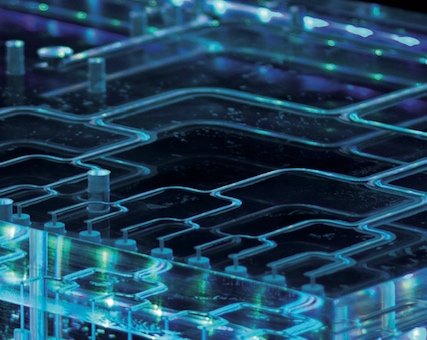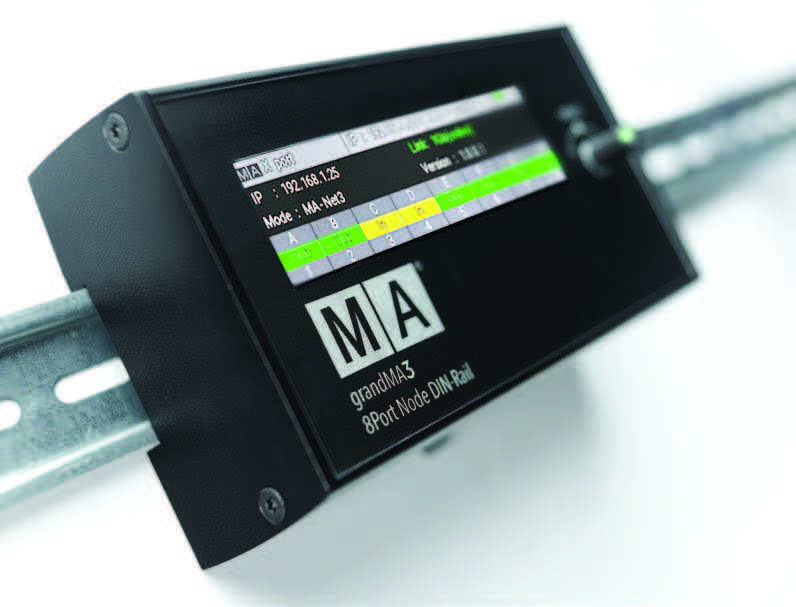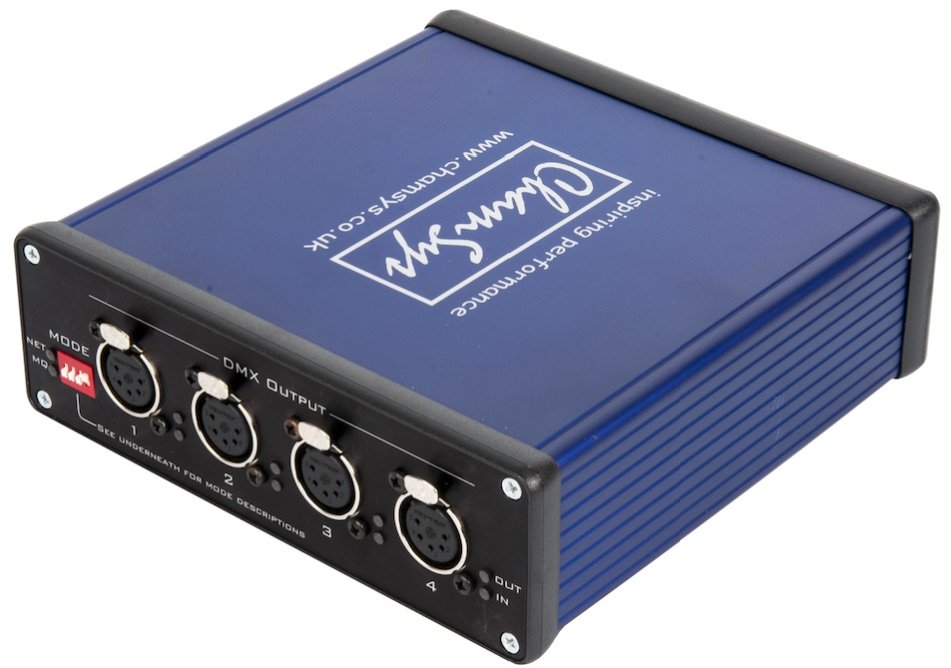News
27 Sep 2019
The Fine Art (-Net) of Lighting Network Node Selection

Subscribe to CX E-News
HOW TO
by Alex Hughes.
Selecting core equipment in any area of the entertainment industry can be a difficult process for any business, big or small. The world of transmitting and receiving basic DMX universes shouldn’t be that tough, but the plethora of devices range in price from suspiciously cheap to those that must be dipped in gold, but only on the inside where it’s not visible.
Recently I worked with a company that had just invested in a replacement for a brand-name node that had bitten the dust after many years of service. The node they selected was only purchased as it suited the limited budget and ticked the basic requirements to replace the original one.
When the replacement arrived, due to the lead time in acquisition, the node had to go out with very little in shop-testing, which involved checking that all outputs were functional.
Upon arriving on site the node performed without issue during initial setup, however, while addressing and testing some hazers an issue was discovered. Suddenly output would stop whenever the hazer was activated. After about an hour of troubleshooting with two technicians it was discovered the node would disable the output any time channel 512 was triggered.
As a result, with rough mathematics, this node has already cost the company two hours of crew labour just at its first event.
The hidden cost of lost crew hours is one that is hard to quantify when considering equipment purchase and ongoing maintenance, not to mention product support and training. With any hardware that is purchased, training, and the utilisation of demo units, is a vital part of the hardware deployment.
These devices normally form the core of your show output network and if there were to be a failure in their operation it could be crippling to your show or production.
Most of the represented lighting manufacturers and distributors located in Australia and indeed other markets have offerings to suit a range of budgets. Getting out and talking to those companies should be a high priority especially when you consider the previous tale of horror. It is very important to take your time and review the product offerings.
Some of the console manufacturers also have their own hardware as well that adds some extra functionality for users of their consoles in combination with their nodes.
MA Lighting, makers of the grandMA lighting desk range have an extensive range of nodes that vary from two output to eight output units, as well as a recent addition, the DIN rail variety (pictured) that are great for the installation market as they allow easy installation within an existing architectural system.
Other than the various form factors, the MA nodes also come in two distinct variations.
The onPC MA Node range gives you output via MAnet, sACN, and Art-Net, and expands your parameter count, meaning if you have a computer running MAonPC you can use these nodes without any other MA hardware to output DMX.
The lower price nodes are simply known as MA nodes which give you output via MAnet, sACN and Art-Net, but will not expand your parameter count without an MA desk or onPC node. These nodes are perfect for situations where you already have an MA console running but just need some more output locations.
The MA range of nodes can be configured from either the front panel of the device or from a grandMA2/3 console or onPC system. We can also monitor their status using the same system. These nodes can however be used with consoles other than grandMA where required and support Art-Net v4.
Chamsys, who make the MagicQ range of consoles, have their own node products known as the SnakeSys range. Coming in two and four port offerings, both can be configured from a Chamsys console or PC system as required via the Chamnet protocol. Like the MAnodes, the Snakesys nodes support sACN as well as Art-Net and work with any console that outputs those protocols.
These are just two examples of hardware available from console manufacturers. There are many more available on the market as well as the even wider range available from other organisations.
One such range of nodes are the well-known and respected Swisson range.
The current offerings from Swisson come in four and eight port variants and offer fantastic on-board configuration and management as well as via Art-Net v4.
There is a world of different options out there from hundreds of companies that cater to many budgets. It is very important to take the time to carefully consider all the options and make sure that you are getting the right hardware for the event or organisation.
Get in contact with your local distributors and request a demo to use and evaluate where you will use your systems. Also ask them about Art-Net 4, which will allow you to configure nodes from Chamsys and MA. We are on the edge of something revolutionary.
A low price doesn’t mean there won’t be a high cost.
Main image – Fraunhofer ISE
Subscribe
Published monthly since 1991, our famous AV industry magazine is free for download or pay for print. Subscribers also receive CX News, our free weekly email with the latest industry news and jobs.







